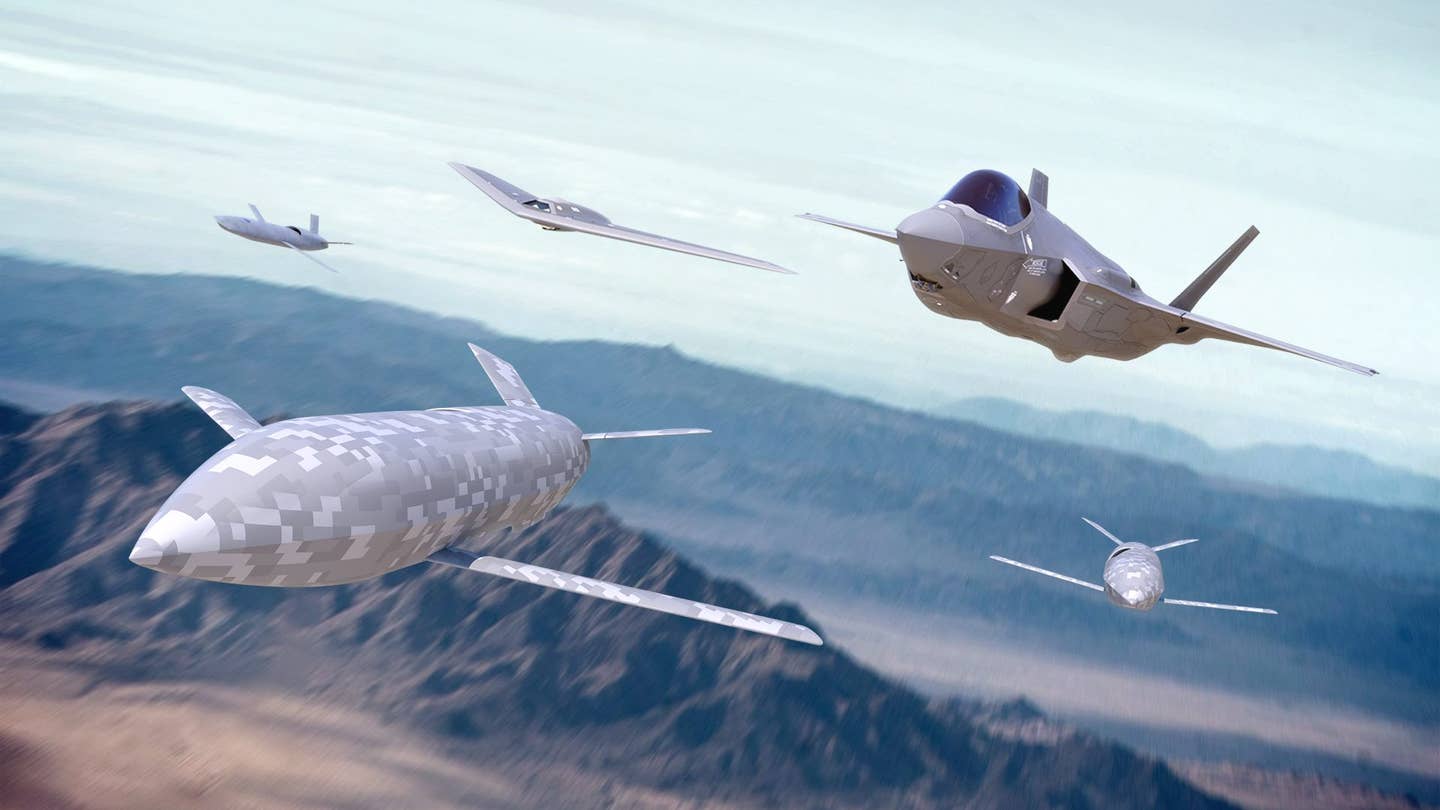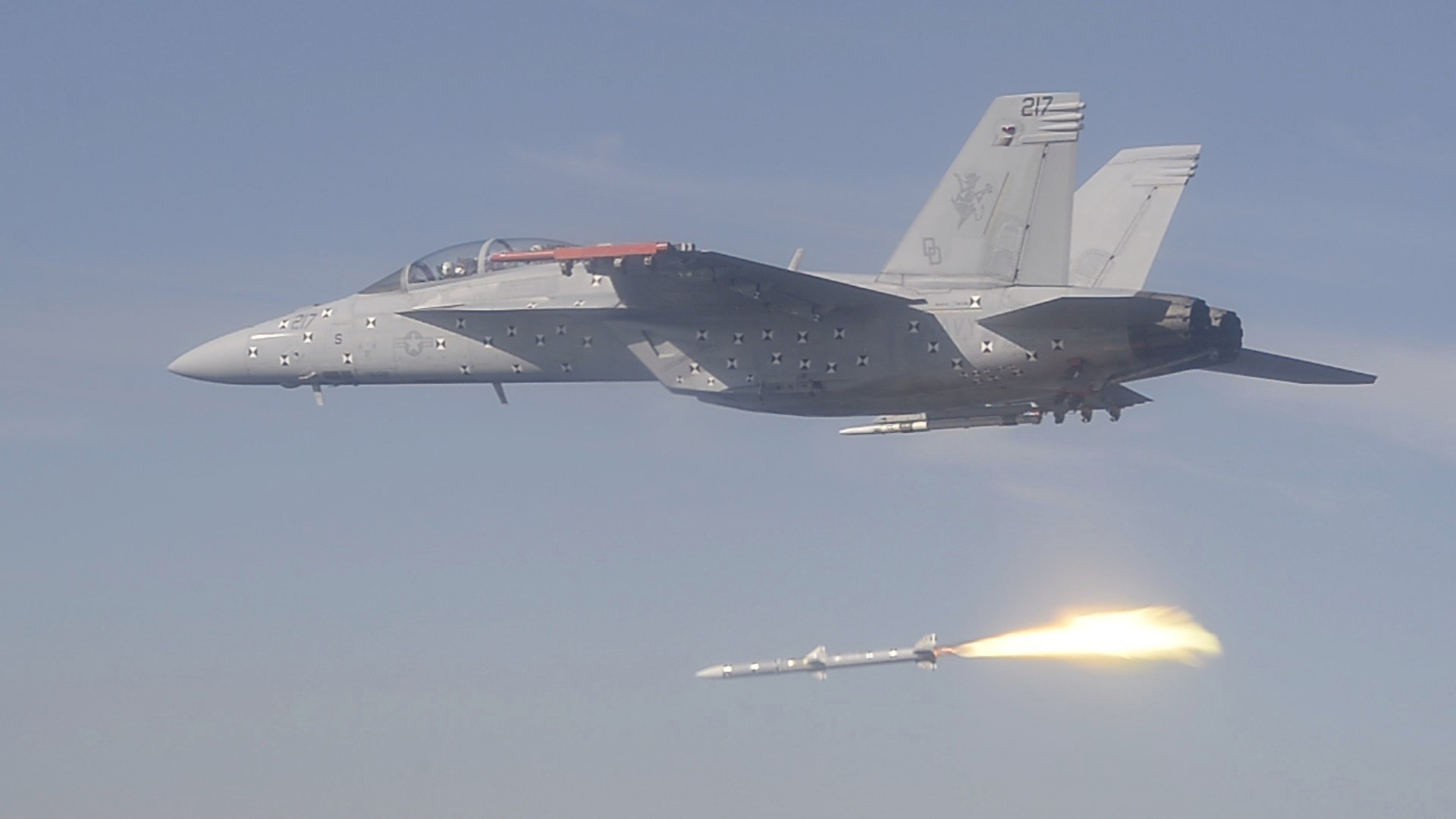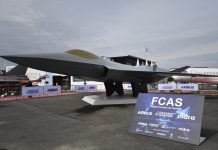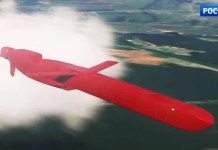The highly secretive, long-range AIM-260 Joint Advanced Tactical Missile (JATM), first announced in 2019, could “hopefully” begin production this year at an accelerated rate.
Air Force Secretary Frank Kendall disclosed this to the Senate Armed Services Committee on May 2. “We’re entering production, hopefully, for JATM, the new air-to-air missile. And we’re going to be asking for funds to increase the size of that production line [and] increase capacity of our production line from what we originally had planned.”
The US Air Force has set no manufacturing goals for JATM. However, the Service oversees the development of this cutting-edge missile, which is initially expected to be deployed on the F-22 Raptor and later expected to be equipped on the next-generation fighter jet being developed under the NGAD Program.
In a more intriguing development, Chief of Staff Gen. Charles Q. Brown Jr. told the Senate Armed Services Committee on May 2 that the AIM-260 JTAM will be equipped on an upcoming fleet of combat drones currently referred to as the Collaborative Combat Aircraft (CCA).
These drones will be operated by teaming them with a manned fighter jet like the F-35A and the sixth-generation combat jet currently under development. Moreover, these unmanned aircraft might significantly increase the range of their crewed counterparts if equipped with these missiles.
In late March 2023, service acquisition chief Andrew Hunter said the first iterations of Collaborative Combat Aircraft would enter the Air Force’s fighter fleet in “the later 2020s,” several years before the Next-Generation Air Dominance fighter. Hunter also emphasized that CCAs will improve not just the NGAD system but all varieties of tactical aircraft.
Kendall had announced earlier this year that the Air Force planned to purchase at least 1,000 CCAs and maybe as many as 200 examples of a future sixth-generation combat fighter. As per plans that appear to be in preliminary stages, two of these unmanned aircraft will be teamed with each of the 200 NGAD combat jets and 300 F-35A Joint Strike Fighters.

“This figure was derived from an assumed two CCAs per 200 NGAD platforms and an additional two for each of 300 F-35s for a total of 1,000,” Kendall explained during a keynote address at the 2023 Air and Space Forces Association’s Warfare Symposium in Aurora, Colorado.
The NGAD is a vast program aiming to develop a “system of systems” that will incorporate manned jets, drones, and a new generation of networking technologies. It would be a distributed, customizable combination of sensors, weaponry, and other mission equipment working as a team or formation that will be used in this program, together with far less expensive autonomous uncrewed combat aircraft.
This makes the CCAs more significant than ever for the US Air Force as the Chinese PLA continues to expand its capability. The possibility of a conflict between the two military superpowers is low but never zero.
Equipping thousands of these CCAs with a long-range JATM will seek to bolster the capability of these crewed-uncrewed fighter teams by ensuring enhanced lethality and survivability, which is the most crucial factor in combat. However, the Service does not have a roadmap for CCAs yet.
This is the first time the US Air Force officials have notified that the AIM-260 JATM will be equipped on the CCAs. Kendall also said that the USAF was still working on its future combat posture since the threat perception was dynamic and changing in accordance with China’s expanding capabilities.
AIM-260 JATM Is Finally Coming
Even though this air-dominance program has been kept classified by the USAF, media reports have revealed some basic details. Developed by Lockheed Martin in collaboration with US Air Force and Navy, the new weapon ‘AIM-260,’ a long-range missile, is a successor to the AIM-120 Advanced Medium-Range Air to Air Missile (AMRAAM).
The development of the Chinese PL-15, a long-range air-to-air missile with a dual-pulse rocket motor, is believed to be a major motivator for beginning the AIM-260 program by the US Air Force. The primary goal of the new AIM-260’s development is to outrange Chinese missiles.

The Service wants to use this missile to replace the AIM-120 Advanced Medium-Range Air-to-Air Missile (AMRAAM) with a new, longer-range weapon. The AIM-260 will have a significantly longer range than the Advanced Medium Range Air-to-Air Missile (AMRAAM), the US Air Force’s primary air-to-air weapon.
Military watchers discern that one of the main goals of the JATM program is to extend the range significantly. It seems sensible that the most recent AIM-120D-3 AMRAAM type, whose range is classified but is thought to range between 75 and 100 miles depending on the launch envelope and other variables, may be flown farther by JATM.

It will probably also contain a multimode seeker. However, its performance and capability are kept under wraps. It likely has a long-burn rocket system that can fit inside the F-22’s weapons compartment.
USAF said the JATM “is the number-one air-delivered weapon priority for both the Air Force and the Navy, and out-prioritizes other weapon system improvements and modernization efforts on any fielded aircraft.” The weapon, however, remains highly classified, with few details in the public domain.
According to Kendall, the attempt to speed up JATM manufacturing is one of the strategies the US Air Force uses to increase its weapons capacity. The USAF is also requesting multiyear procurement authority for AMRAAM, the AGM-158 Joint Air-to-Surface Standoff Missile (JASSM), and the Long-Range Anti-Ship Weapon (LRASM).
Lt. Gen. Richard Moore, deputy chief of staff for plans and programs, stated at a Mitchell Institute for Aerospace Studies event in early April that the increase in AMRAAM procurement is not a symptom of danger in the JATM program.
“We want to get to JATM as quickly as we possibly can,” Moore said in April, emphasizing that “once production gets underway, we’ll get to quantity as fast as we can.”
- Contact the author at sakshi.tiwari9555 (at) gmail.com
- Follow EurAsian Times on Google News




